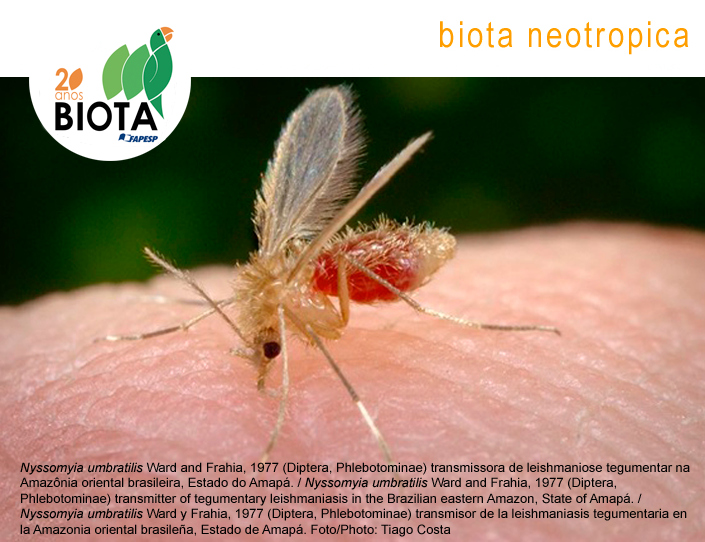Floristic composition, pollination and seed-dispersal systems in a target cerrado conservation area
Abstract
Abstract: Cerrado remnants can hold an important diversity of plant species of environmental and ecological relevance. We presented a checklist of vascular plants based on 12 years of inventory carried out in 36 plots (10 m x 2 m; 0.18 ha in total) and during unsystematic walks in a remnant area of cerrado sensu stricto located at Itirapina municipality, state of São Paulo, southeastern Brazil. The list comprised 195 plant species, corresponding to 54 families and 131 genera. The richest families were Fabaceae (25 species), Asteraceae (16), Myrtaceae (16), Rubiaceae (11), Bignoniaceae and Malpighiaceae (10 each), Melastomataceae (9), and Erythroxylaceae, Sapindaceae and Annonaceae (6). Predominant life forms included shrubs and trees, with 68% of the species, followed by lianas with 12%, sub-shrub and herbs with 10% each. Bees were the dominant pollinators (67,5%) and the majority of species had seeds dispersed by animals (56.8%), mostly by birds, followed by wind (33.3%) and self-dispersed (11.2%). More than 60% of the total species were classified as “typical” Cerrado species. Bowdichia virgilioides was the only species classified as Near Threatened (NT) and 157 were regarded as Data Deficient (DD). Our dataset provides floristic, structural, and ecological information for one of the targeted areas for Cerrado survey at São Paulo state, contributing to the understanding of diversity patterns and future conservation and restoration actions in this threatened hotspot.Published
2022-01-01
How to Cite
Borgiani, R., Grombone-Guaratini, M. T., Vargas, B. da C., Martins, A. E., Camargo, M. G. G., & Morellato, L. P. C. (2022). Floristic composition, pollination and seed-dispersal systems in a target cerrado conservation area. Biota Neotropica, 22(2). Retrieved from https://www.biotaneotropica.org.br/BN/article/view/1928
Issue
Section
Inventories
